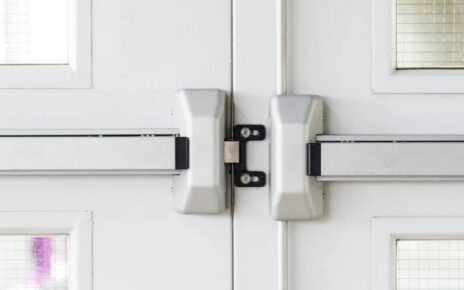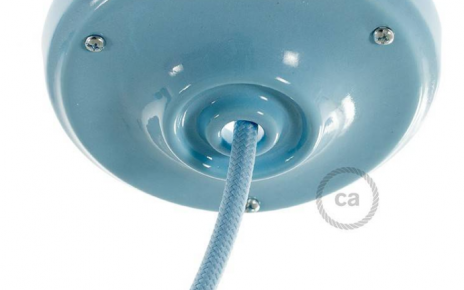Relaxing in your own back garden was never so luxurious as it is with a hot tub but before you start to get soaked, pay attention that all the electrical needs are fulfilled. This is a guarantee for safety, compliance and good living with no problems in the years to come.
Hot Tubs Need Dedicated Circuits
Hot tubs are power-hungry things, chugging away at anything from between 13 and 32 amps depending on their size and features. You need a special circuit starting from your consumer unit. Sharing circuits with other garden equipment or household appliances is not safe and compliant. For an Electrician Cheltenham, visit https://www.dpalmerelectrical.co.uk/electrician-near-me/electrician-cheltenham
Professional Installation Is Essential
This isn’t a DIY project. Correct installation by a qualified and registered electrician is essential. They will have checked for correct earthing, RCD protection and weatherproof connections.
Installation mistakes can cause shocks, fires and warranty voiding. Homeowners insurance is also impacted and home values.
Understanding RCD Protection
Hot tub installation requires Residual Current Devices (RCDs). They are engineered to detect any electrical faults and isolate the power from your premises within a few milliseconds thus potentially saving you life threatening shocks. To do this, your electrician will install the correct RCD protection as a part of the circuit.
Outdoor Cable Requirements
Cables must be outdoor cables and buried at an appropriate depth with a protective conduit. The hot tub location will be considered as well by the electrician to determine which is your most likely route from the consumer unit.
Planning Permission and Certification
Although the installation of hot tubs does not usually require planning permission, any electrical work will need to comply with Building Regulations and must be certified on completion.



